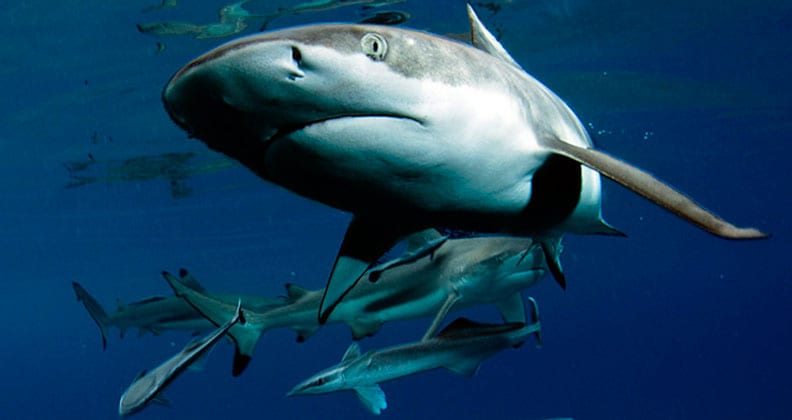Internationally renowned marine researcher and Curtin University imaging and applied physics professor, Dr Darlene Ketten is studying something that’s never far away from conversation in Perth: sharks.
Dr Ketten is a neuroethologist, studying how an animal’s behaviour is linked to its sensory system anatomy. Her new research investigates shark hearing, and how sharks use their aural sense to find prey.
“[hearing is] critical for every aquatic animal and it is even more important than it is in air,” says Ketter.
An aquatic animal’s ability to hear underwater is incredibly different and far sharper than the muted tones that we hear when our head is submerged underwater.
“We often think about perceptions of other animals in comparison to humans. However, sometimes other species’ perceptions or senses are better than ours. For example, bottlenosed dolphins hear extremely well at frequencies far beyond what our ears can detect, and they used sonar long before we did. So who knows what’s out there? There’s an entire world that is perceptible; but if we can’t perceive it, then we don’t even know it exists,” says Ketter.

“No animals are naturally deaf, although the level of hearing capability can differ, sound plays a critical role in animal survival,” she explains.
“If you want to hear your predators, if you want to hear your mate, if you want to hear your food, you need to have an auditory system.”
Over the years, Dr Ketten has carried out post-mortem CT and MRI scans on stranded whales and dolphins to see if their hearing has played some part in the stranding. The scans help Dr Ketten to analyse what sounds that particular animal species can hear.
Dr Ketten says that for sharks, an auditory brain stem response (ABR) test could be used. The test involves placing surface sensors on the shark to determine how well it can hear and how sensitive it is to particular frequencies.
She believes that knowing how well sharks can hear could establish reasons behind shark attacks and her research will investigate the possibility that man-made noises are a contributing factor.
“It is very likely that larger sharks are using lower frequency sounds and that in some way, we’re cueing in on those,” she says.




